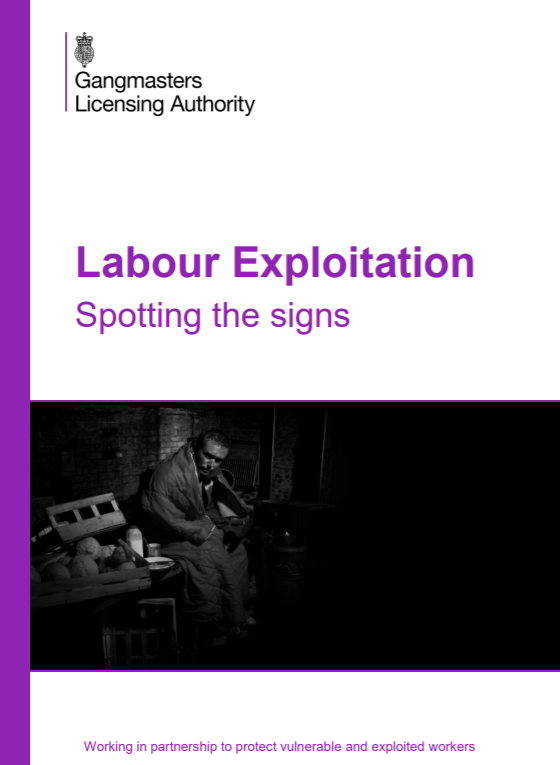Prevention of adult sexual and labour exploitation in the UK: What does or could work?
GuidanceThis report, entitled, ‘Prevention of adult sexual and labour exploitation in the UK: What does or could work?’ is a Modern Slavery and Human Rights Policy and Evidence Centre (the Modern Slavery PEC) research project. It was developed ...Read More

